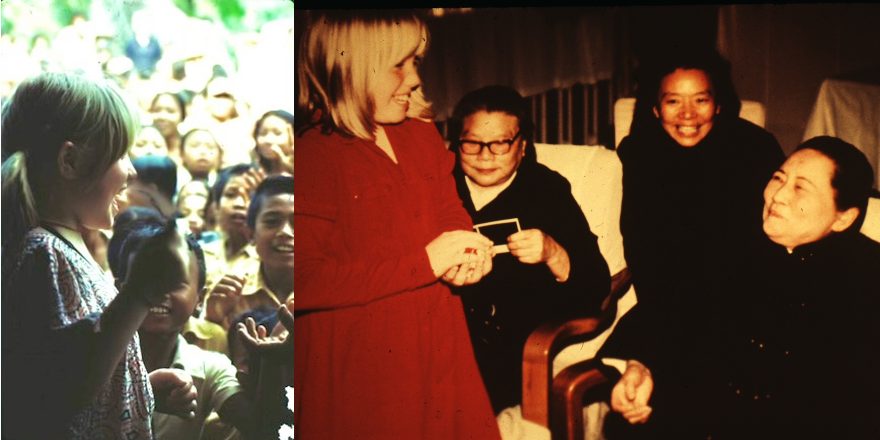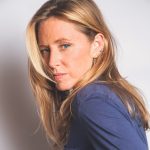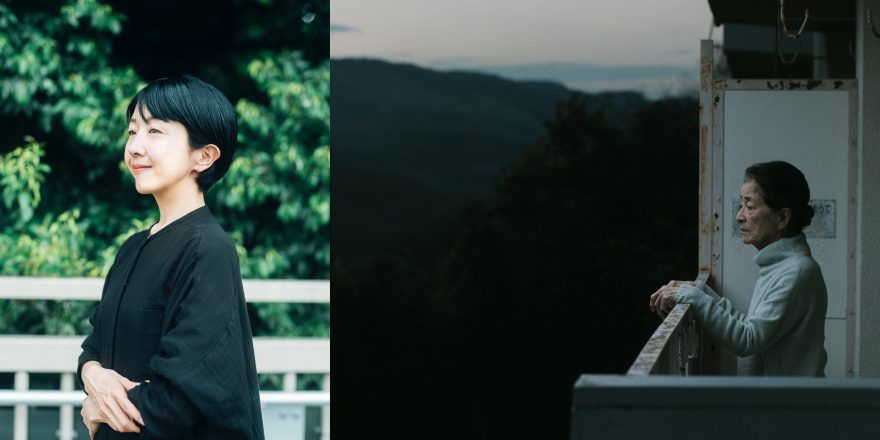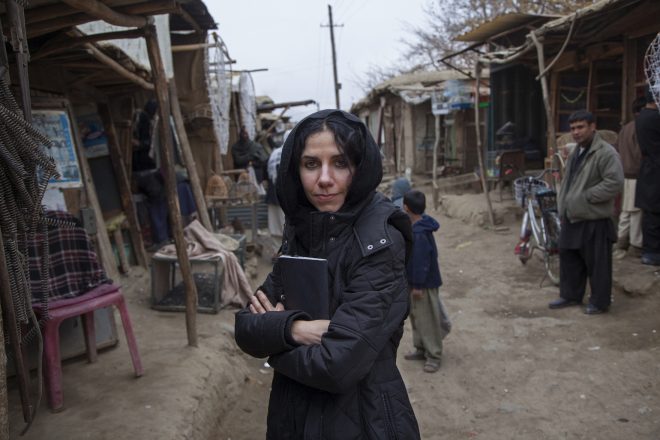Understanding the language of the camera has been a lifelong negotiation. It makes the invisible seen, the ignored undeniable; it tells a story in a fraction of a second, whether it is the aching implications of nature or humanity. It exploits, explodes and affirms. It can be an intruder or the emblem of a moment you don’t want to forget.
There is a duality to its nature that’s personal; I love and hate what it can do.
I come from an intensely private family that has always been on display. My dad was a public figure but deeply distrustful of the engine of fame. I love the intimacy involved in my job, but it doesn’t exist without the performative.
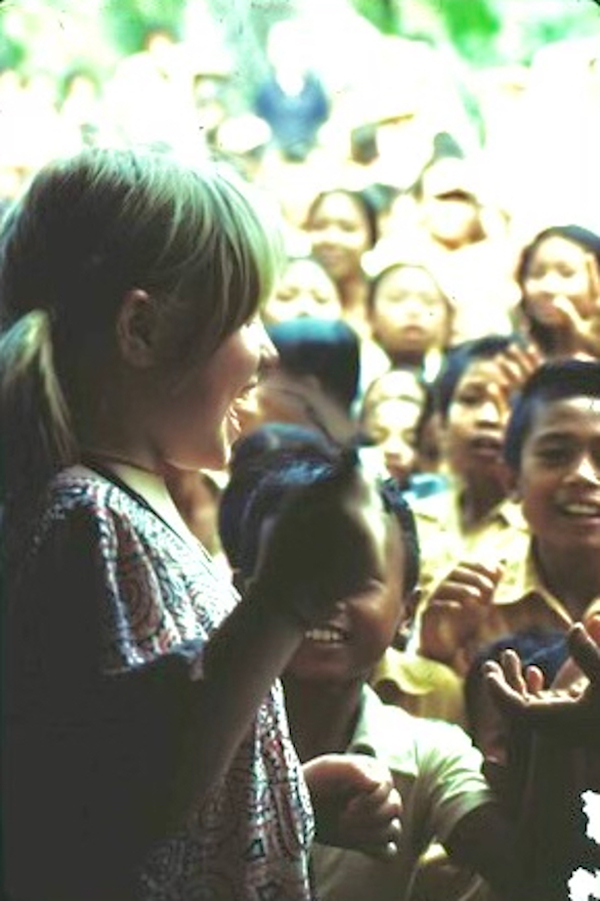
Growing up during a time when the film camera was the only option, there was necessary discernment and strategy about how to achieve the photo. When we would venture out in public, and the cameras would be a peeping tom infringing on limited time with family, it felt like an assault.
Yet it was also clear to my dad he couldn’t bite the hand that fed him. He knew he would have to offer himself up to the paparazzi for at least 30 seconds in order for them to leave us alone. It was in those moments that I realized where the power was. Knowing they would never follow me and risk losing him, I would stand behind the photographers and observe from their perspective.
At age 10, my mom and I were U.S.f ambassadors to Unicef in China. They asked us to bring gifts or toys to hand out. I brought a Polaroid camera. I was an instant magician, with hordes of faces watching their image unfold. The genie that never went back in the bottle. I loved handing the pictures out, like postcards from a moment. I also knew how in a fraction of a second it changed their disposition with each other.
At age 12, I picked up a Minolta. It became a constant companion that permitted me to be alone without being lonely. Solitude could be deliberate, with purpose instead of being weird. A constant companion like the cigarettes I would eventually mostly ditch for a love of running.
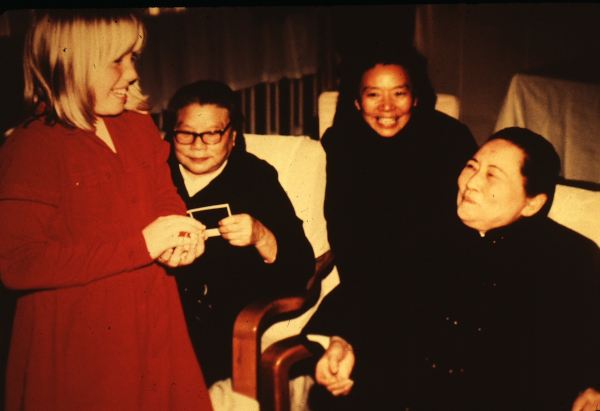
In front of the camera, I was an alternative kid with half a shaved head and a good helping of attitude. Not totally on brand. Behind the camera, I loved openly and looked freely. Also, a photo of a person taking a photo isn’t that interesting unless you are Nan Goldin, which I was not. Due to my own experiences, I endeavor to always ask for consent. I like to find a way of signaling, “I want to take your photo because I think you are miraculous.” For me, it makes a better shot. I think this has carried through my career: agency for the people you work with instead of trying to manipulate. In my experience, when you engage their imagination, you reach a place where creative abundance lies.
When I visited the Soviet Union in 1988, I tried to escape some of the claustrophobia of the trip; being a New Yorker, I figured the best place for anonymity was a nearby train station. I walked down the steps and began taking photos. Within five seconds, the police surrounded me, grabbed my camera and ripped the film out, screaming at me in Russian. I was rescued from the moment by the very people I was trying to escape from. (Life lesson.) Next penny drop was, “Images can be dangerous, and useful.” I thought then I would be a photojournalist. I’m still mourning not having become one.
After hour upon hour of time escaping college in the darkroom, knowing it was supposed to be the best time in my life, I decided I wanted to do something different. I left after meeting a great photographer named Owen Seumptewa. He lived on the Hopi Reservation and I wanted to learn from him. In a collision of life circumstances, I was able to get my first job in film pulling cable for sound. It was a complex experience, but I saw the synthesis of all the things I wanted to be around.
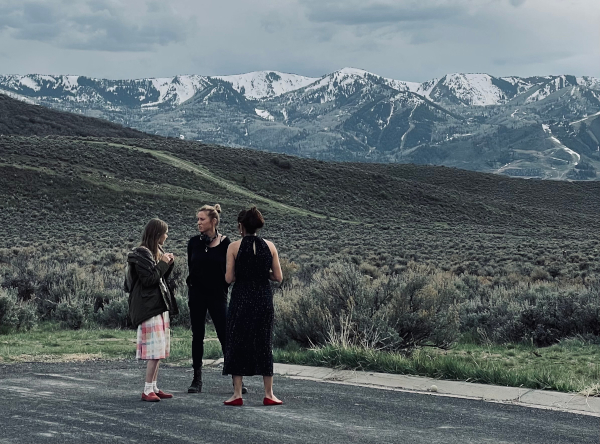
From there, I gravitated toward acting, went from acting to directing, from directing to motherhood.
I took a chunk of time off from directing for many reasons. Including that I wanted to see my kids in the micro-moments of their childhood.
I have 40,000 images of my kids, taken on GoPros, Zip cameras and iPhones, but I can’t find the one of my daughter running into my mother’s arms when we went to visit. It’s buried in the myriad photos I don’t care about, like a diamond in a dumpster. My hope is that I once again find discernment. Sometimes I get to watch my kids going through old photos, seeing my past through my eyes.
Now I am watching them navigate a world that is relentlessly self-referential. Yet, it’s also a world much democratized by devices, so many of which have a camera.
Ideas, people and places are now made accessible. It still scares the shit out of me. How to be truly curious in this world and have a chance collision.
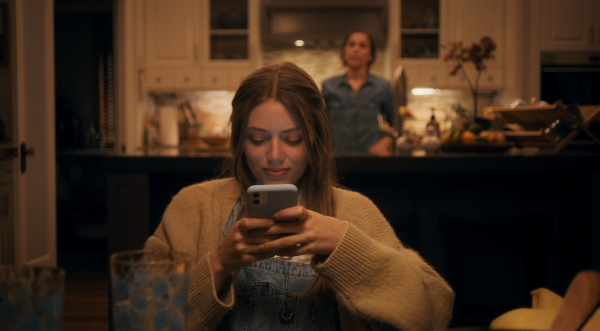
Yet we threw these devices at our kids and then left the building. We comment over our cocktails how horrible their anesthetic of choice is.
Yeah, I am not proud of myself. “Wait, Mom, so you are OK when this is a solve for you, but not if it is a solve for me?”
I flash to my lone 15-year-old self with my cigarette and my camera. Hypocrisy, that old chestnut. So, after my 100th time falling on my face, I dust myself off, once again.


